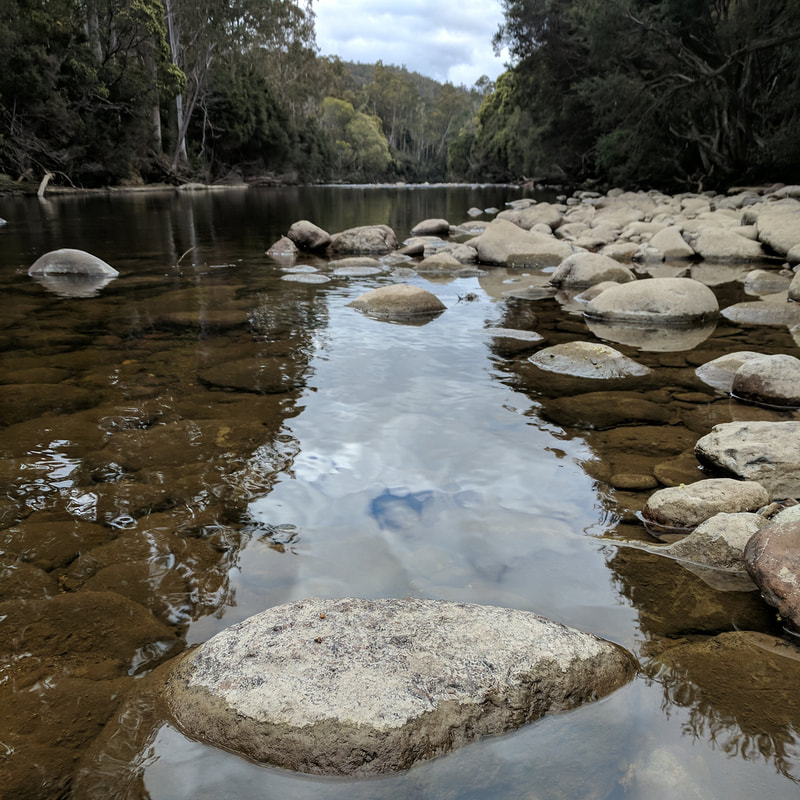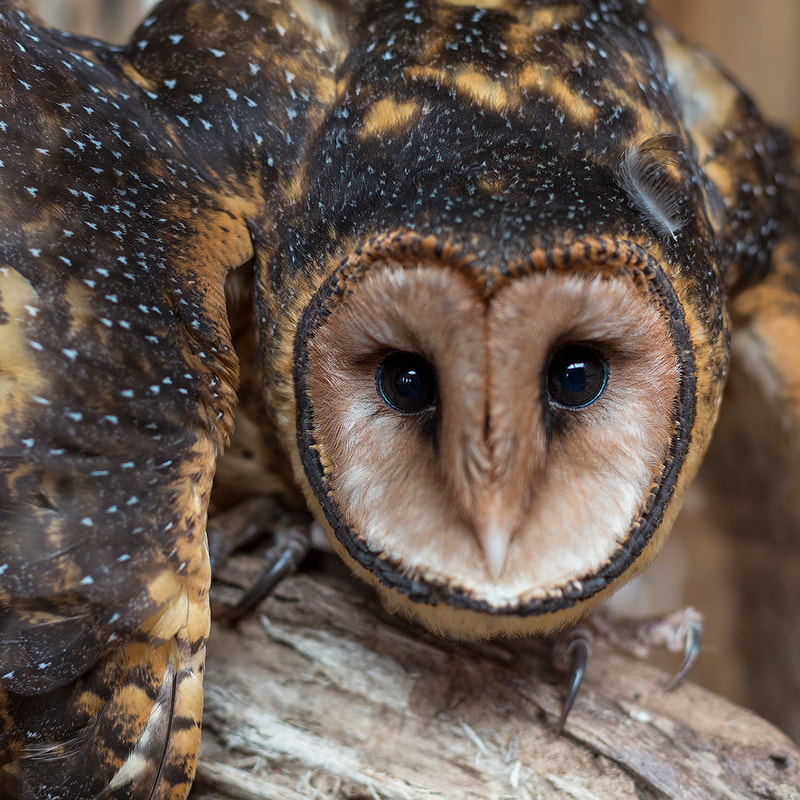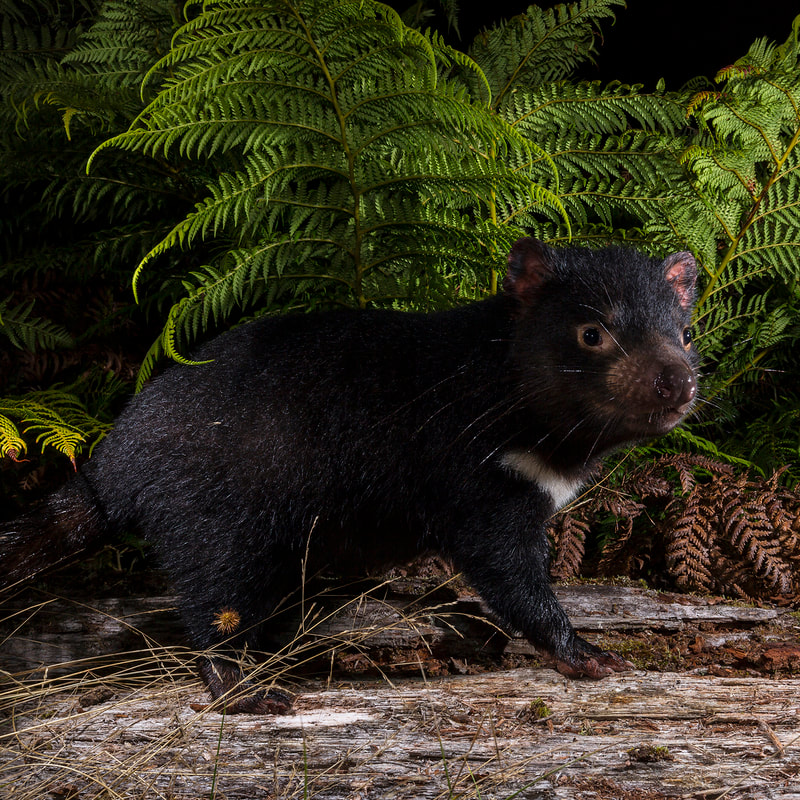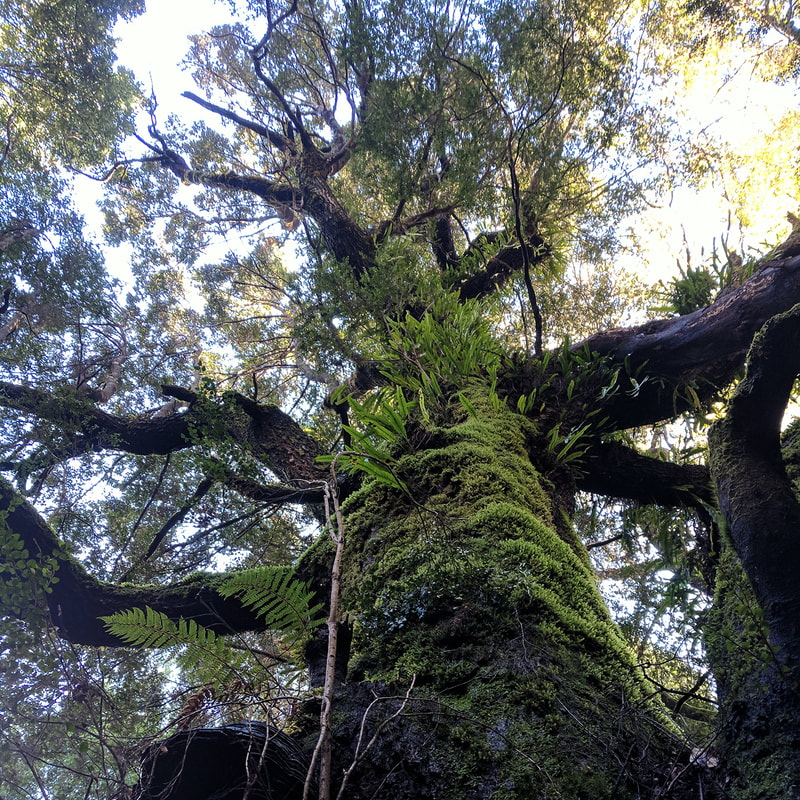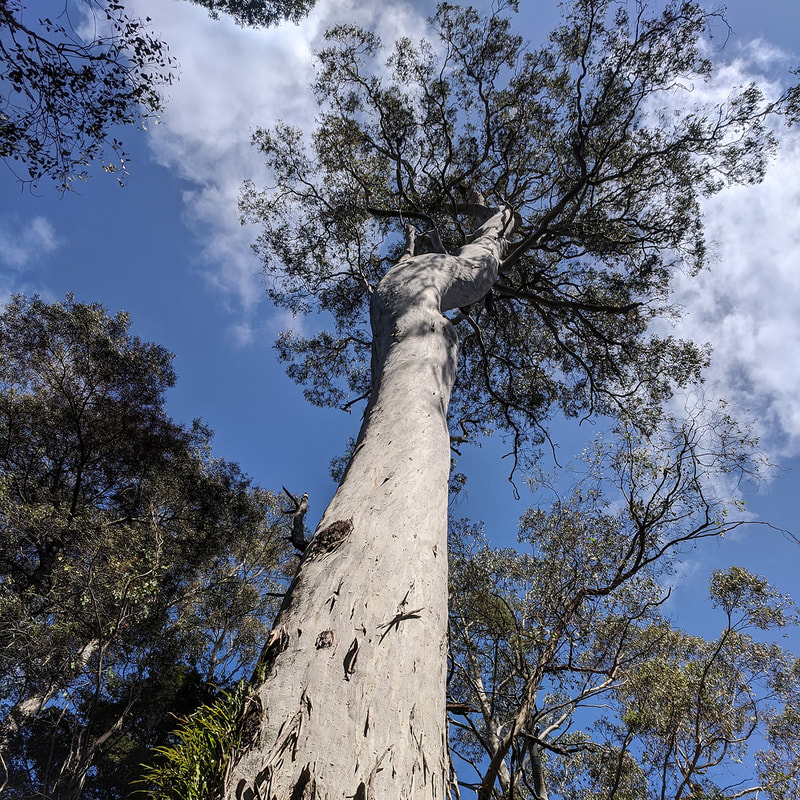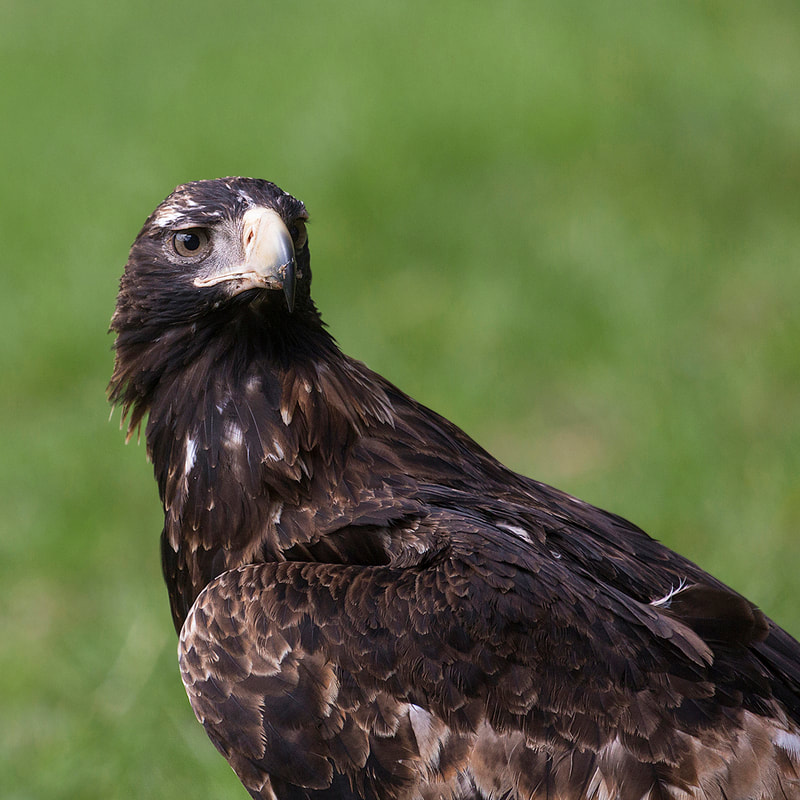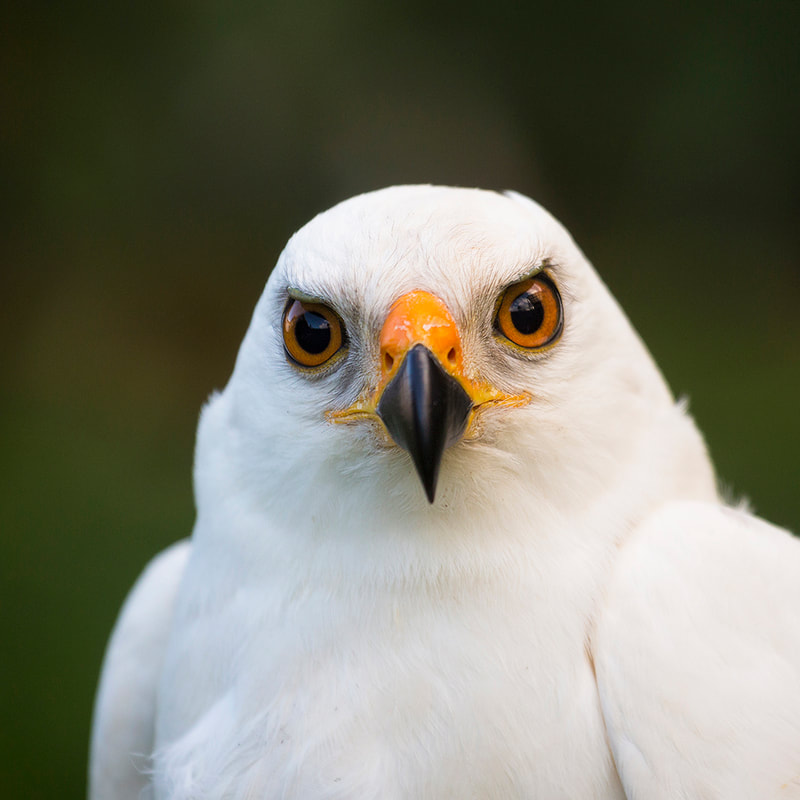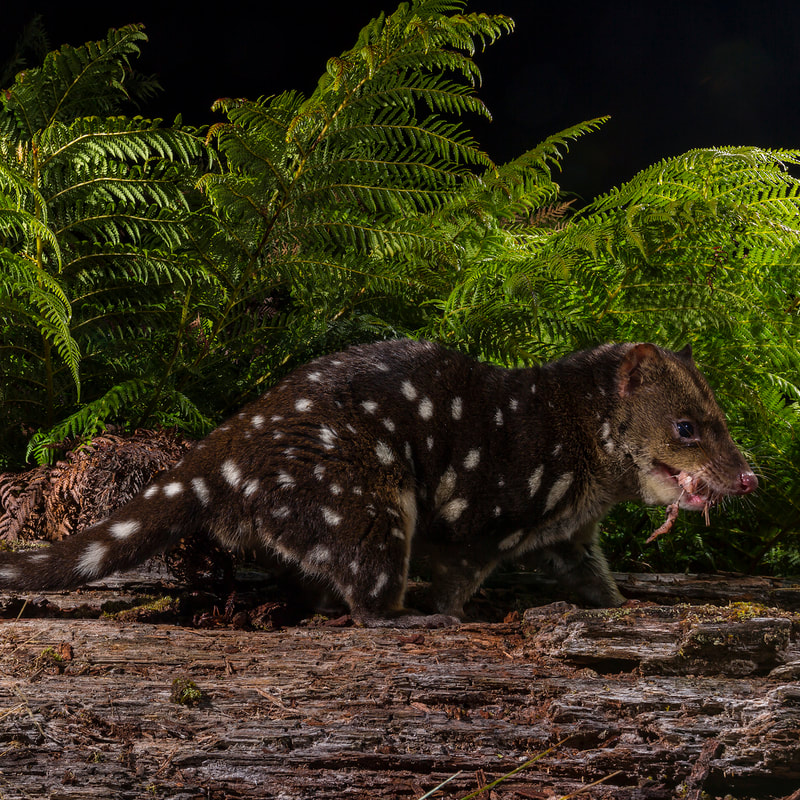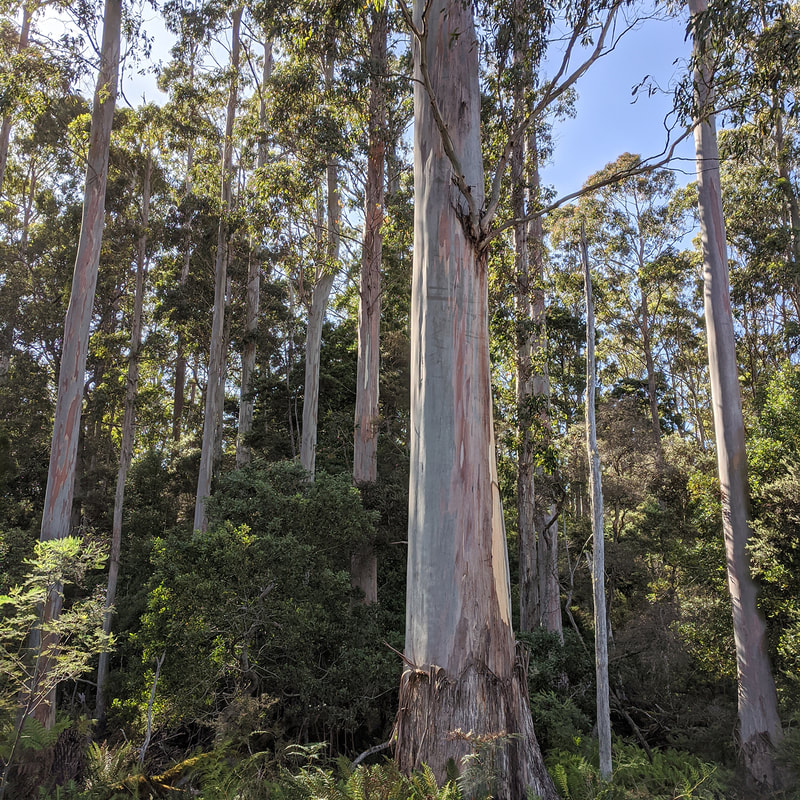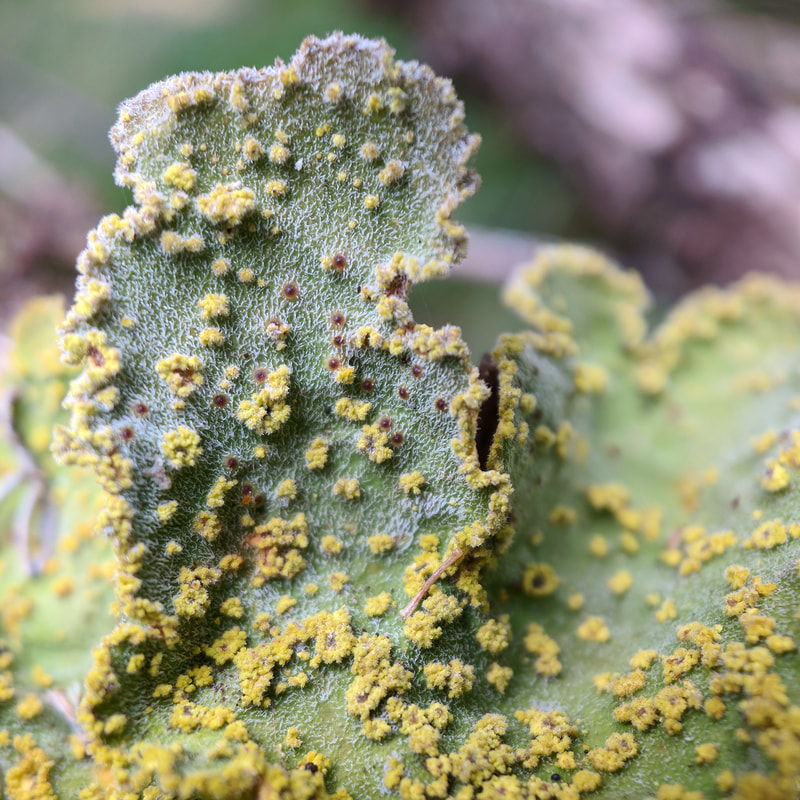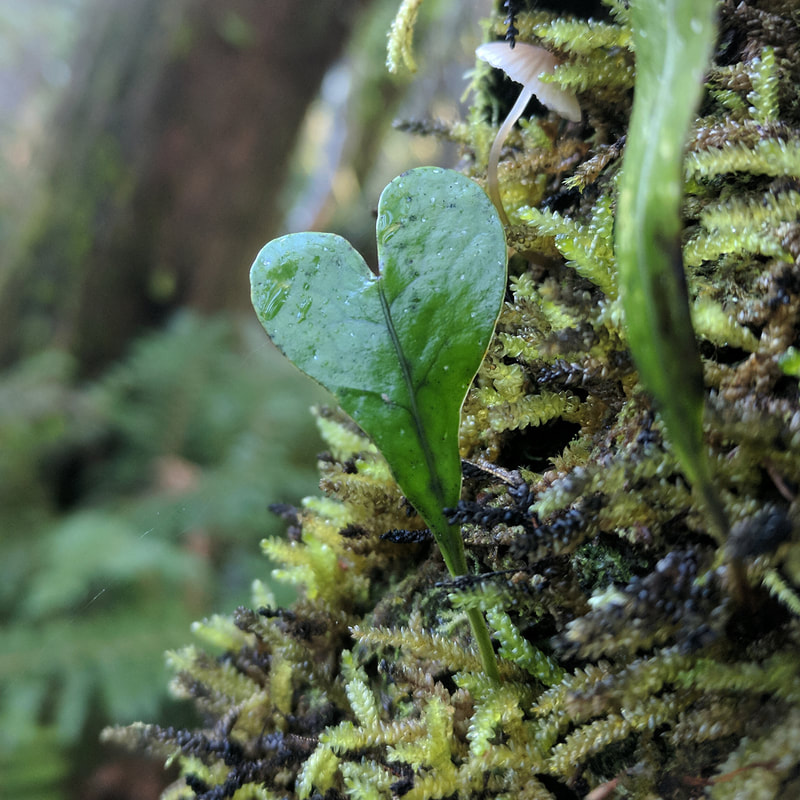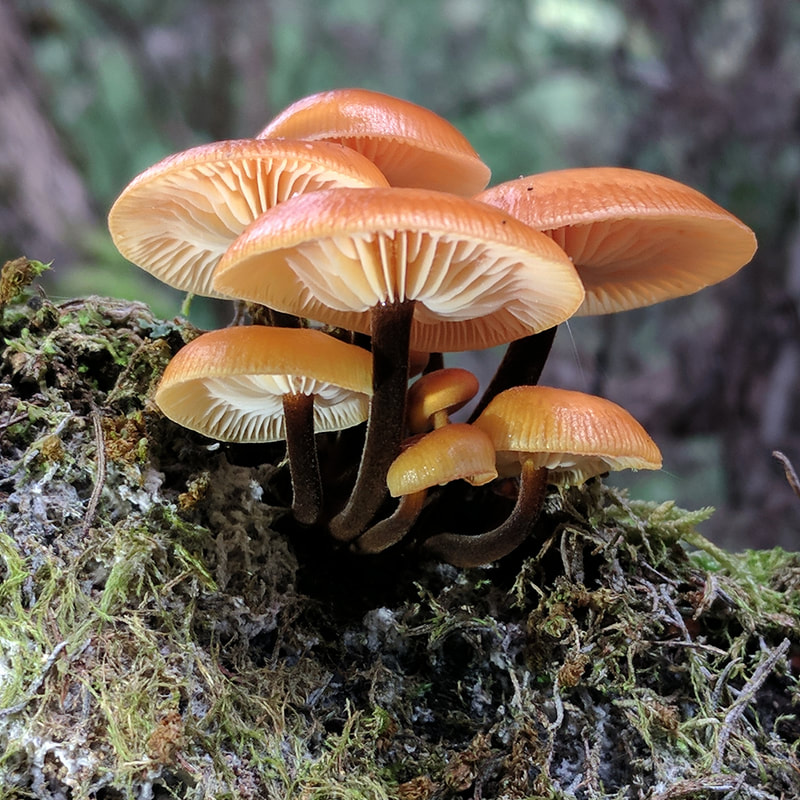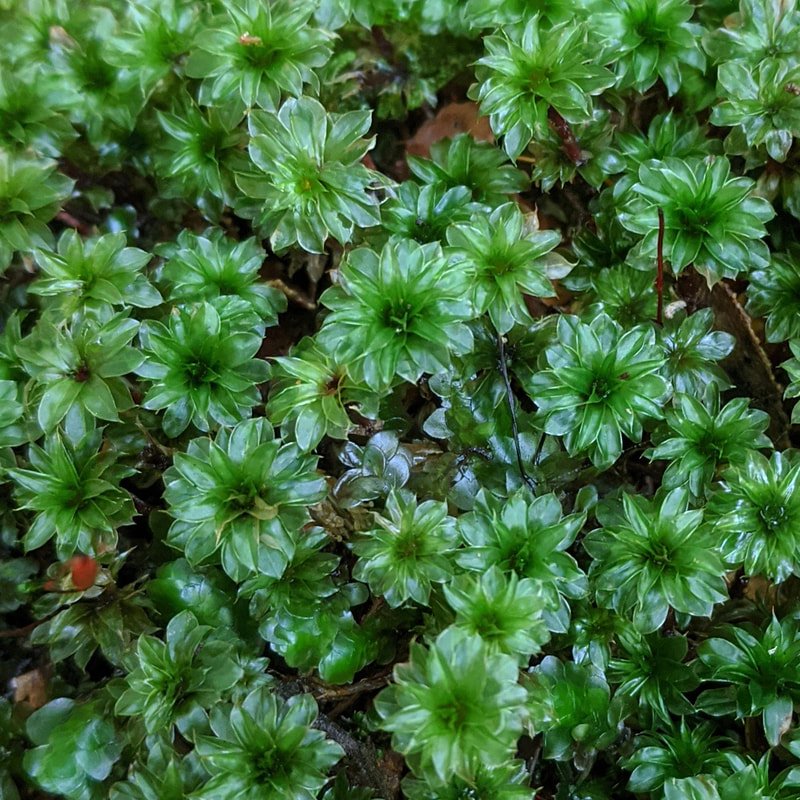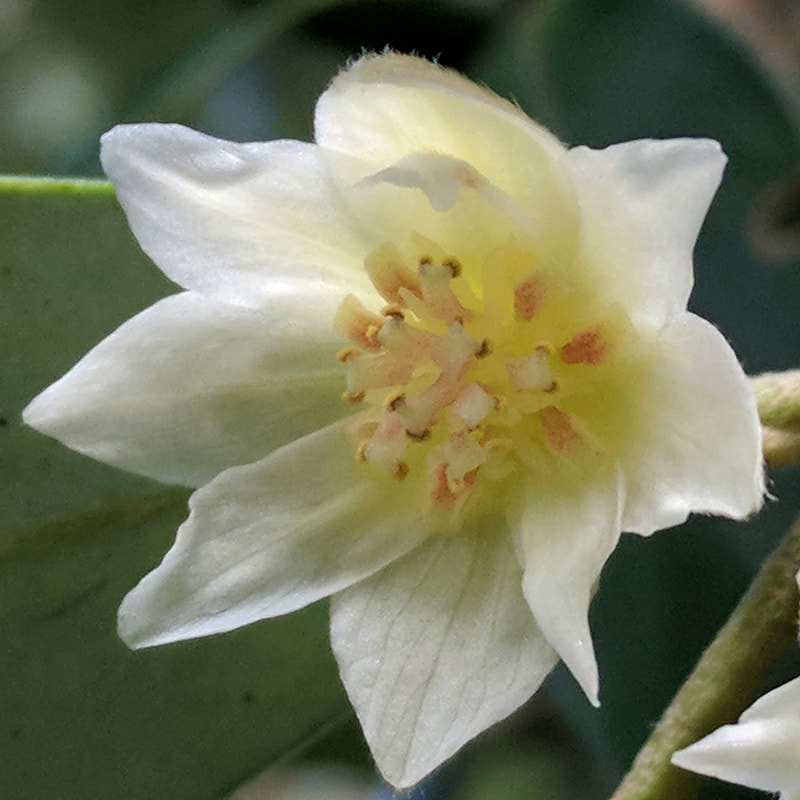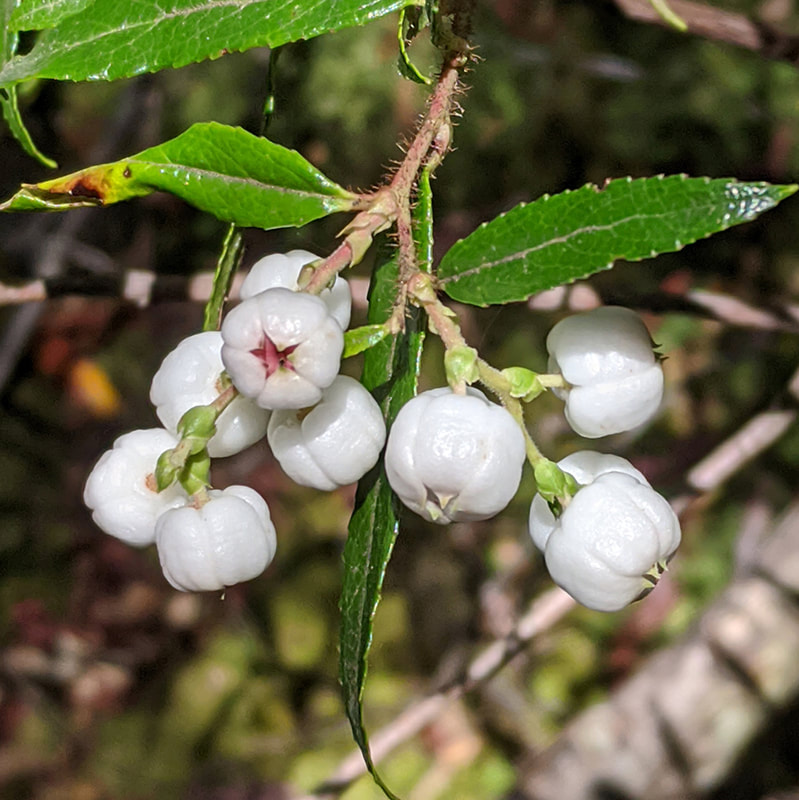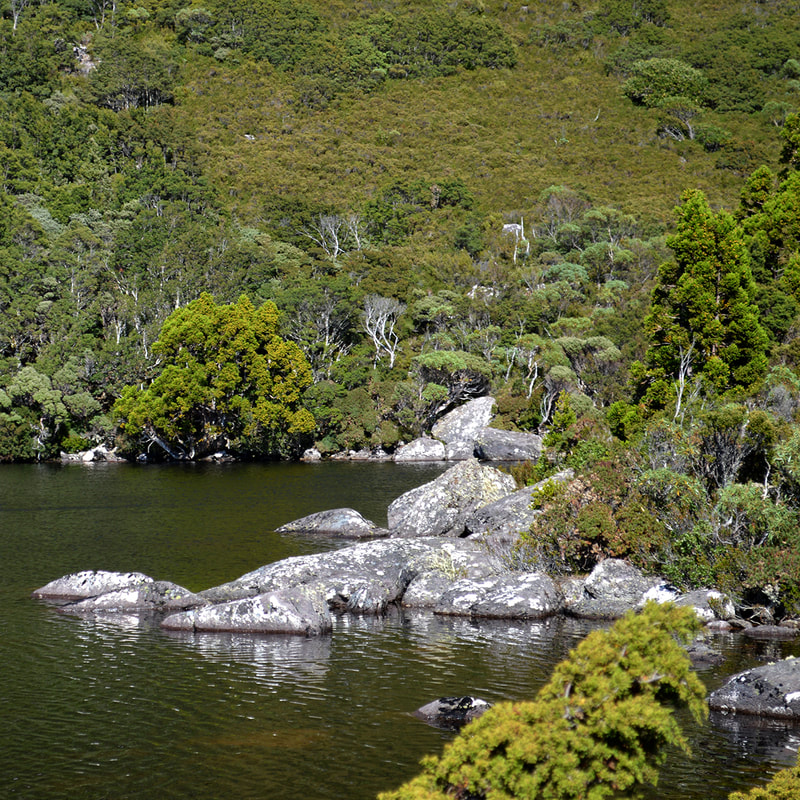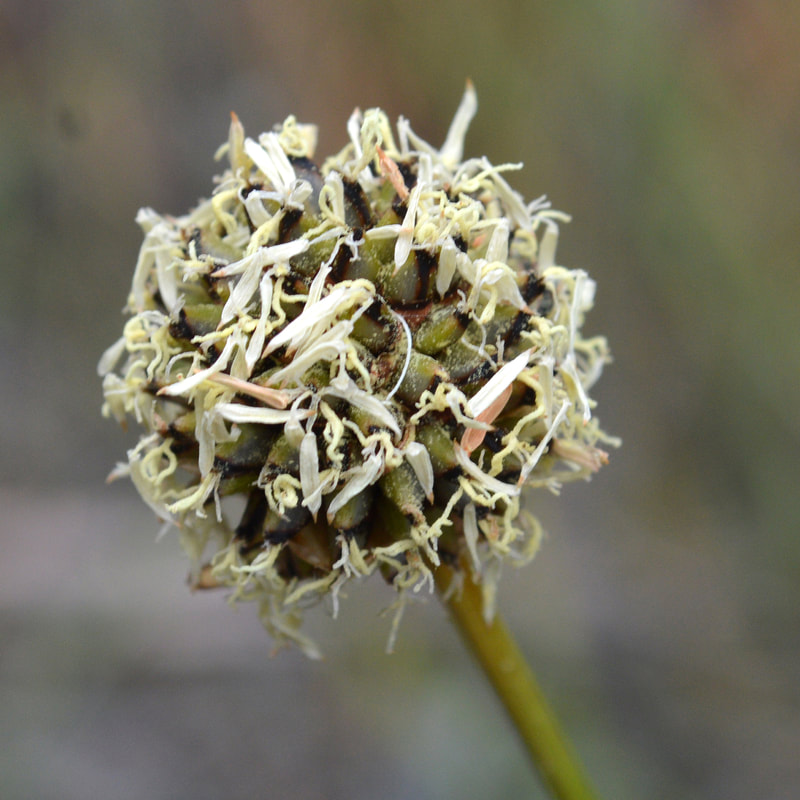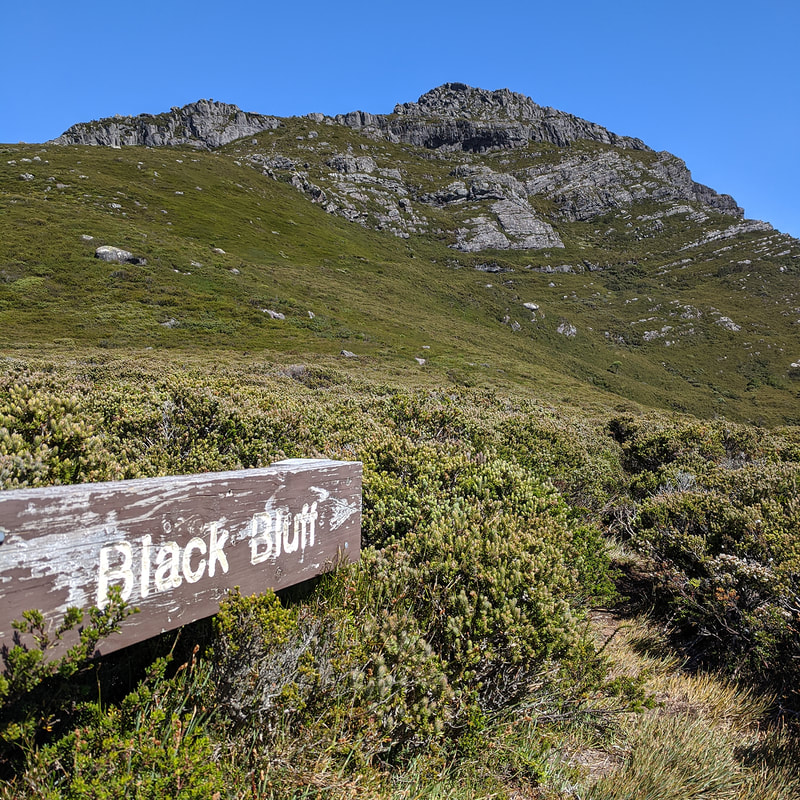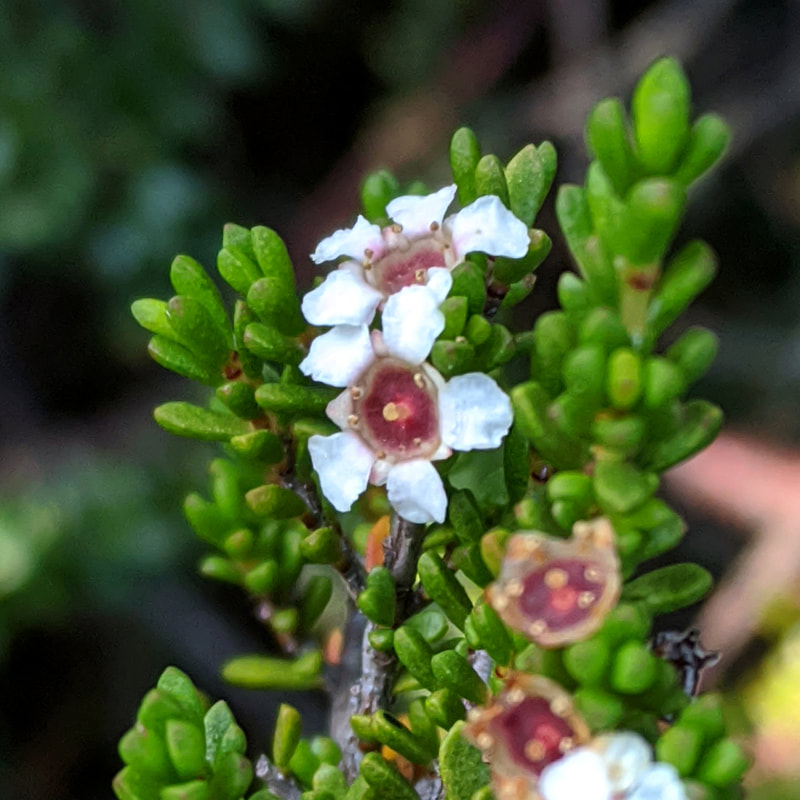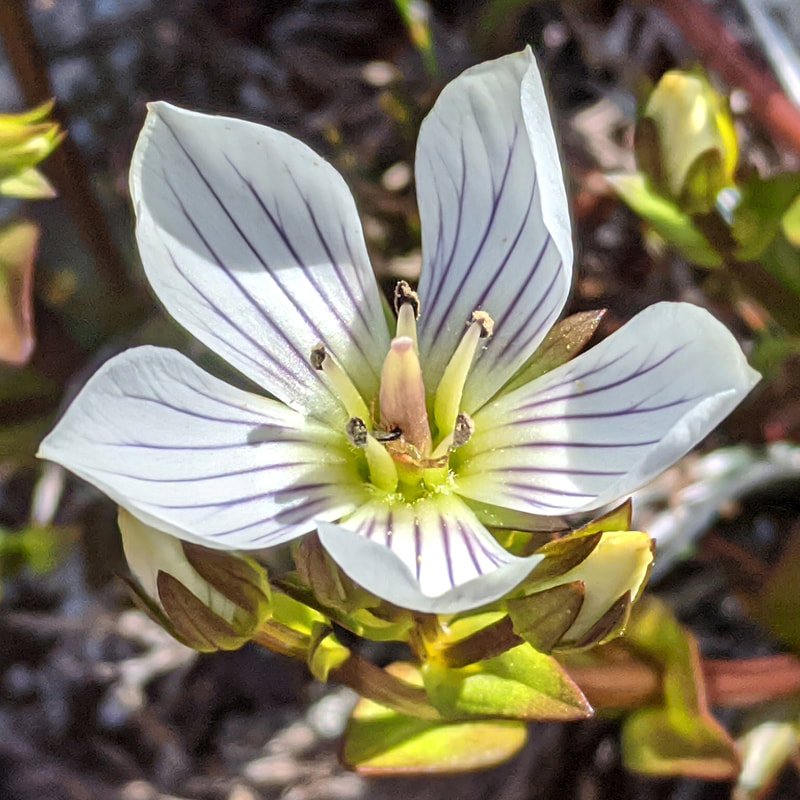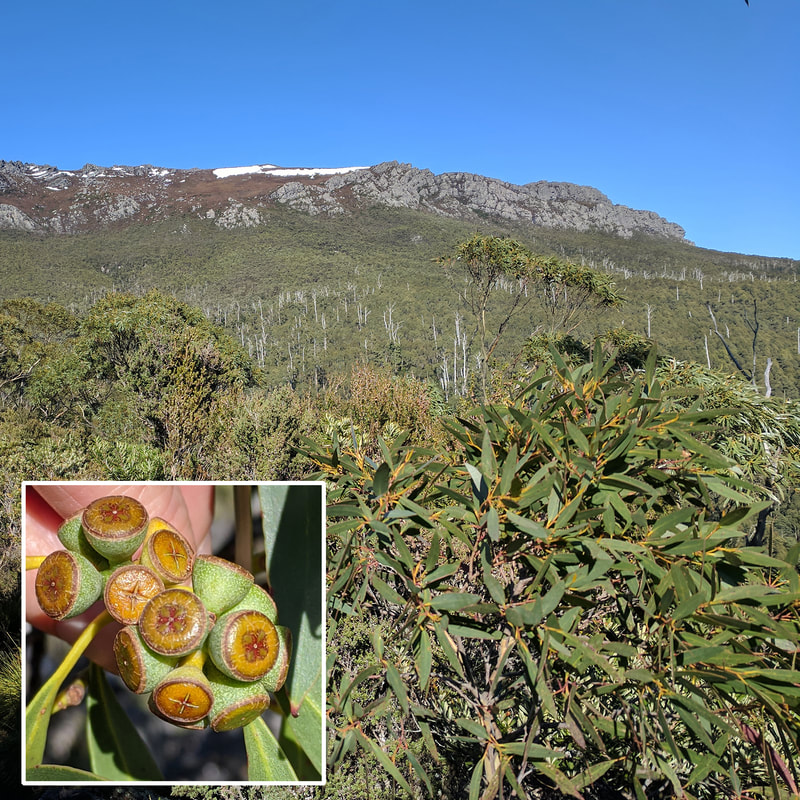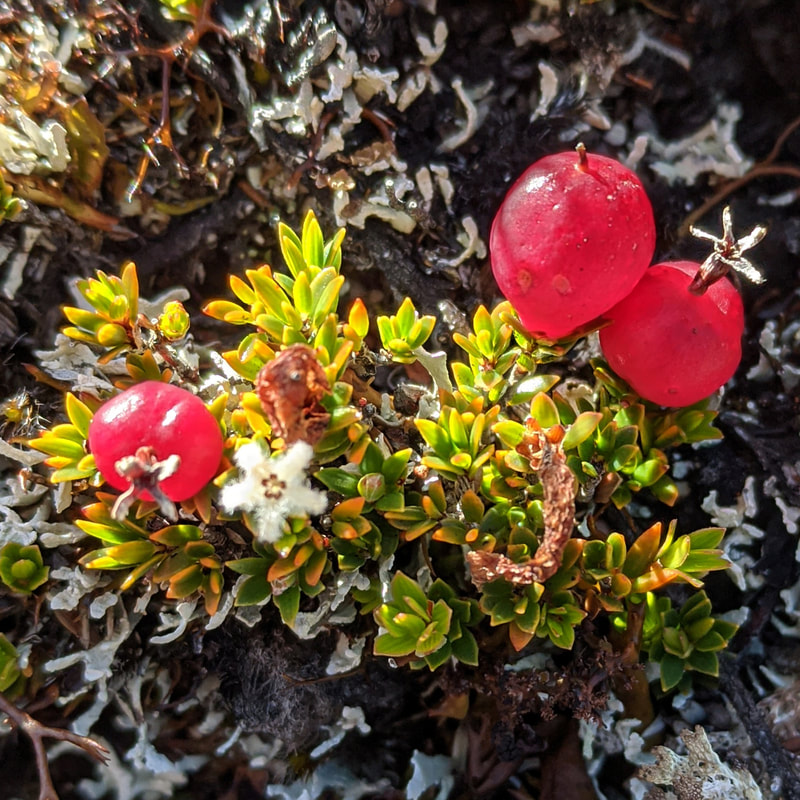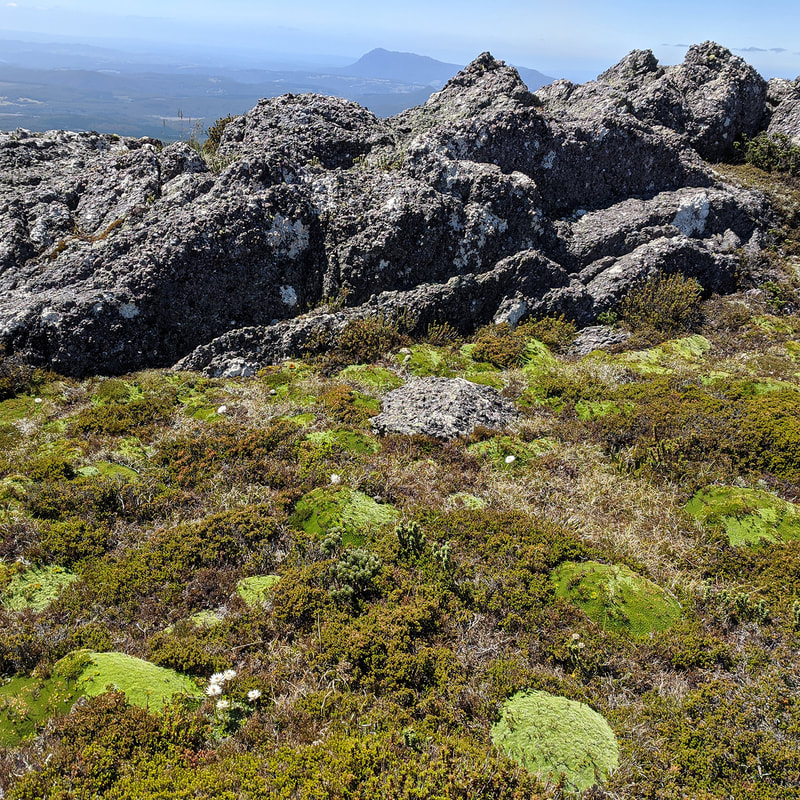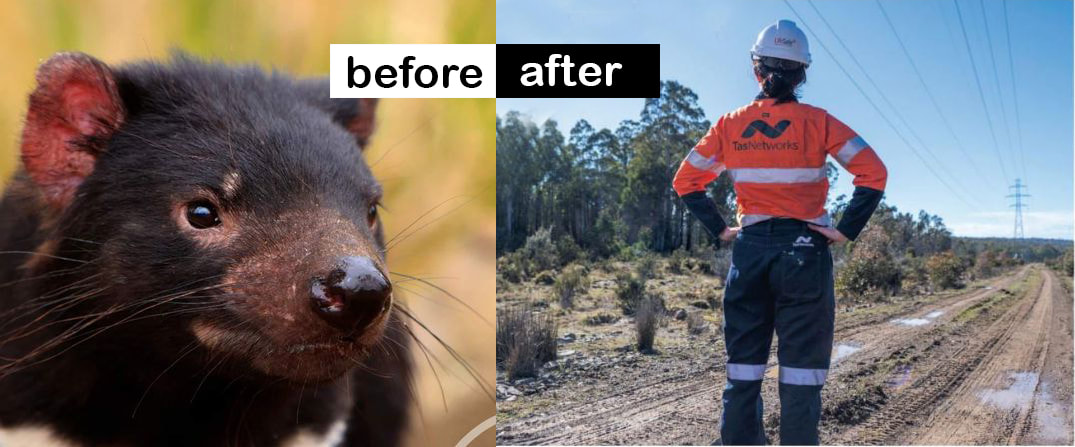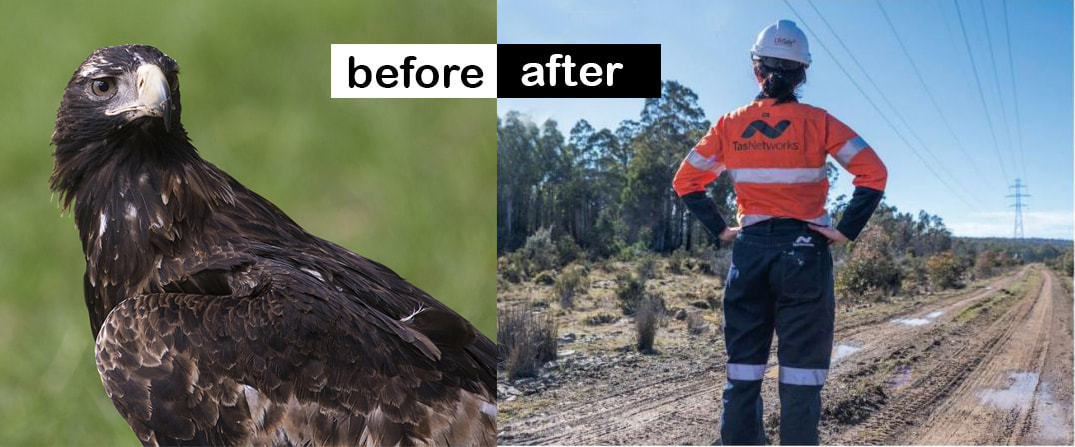MORE WEEDS, MORE FERAL ANIMALS AND THREATENED SPECIES, HERBICIDES IN OUR WATER CATCHMENT.
Renewable energy projects that use the cheapest transmission route cause irreversible and permanent damage to the environment. How can projects be called ‘green energy’ if they impact karst, caves, springs, vast areas of forest and habitat – permanently?
Unmanageable Risks to Loongana's high population of threatened species and veg communities. Wedge-tailed Eagles, Tasmanian Devils, Spotted-tailed Quolls, Eastern Quolls, Eastern Barred Bandicoot, Giant Freshwater Crayfish, Tasmanian Masked Owl, Grey Goshawk, Eucalyptus Viminalis Wet Forest, Lowland Grasslands, Putnarra Butterfly, Crowded Leek Orchid, Native Wintercress, Hoary Sunray.
Loongana Valley provides critical wildlife corridors and refuge between our regions most loved landmarks. Nestled between the native forests of the Loongana Range to the north, Leven Canyon Reserve to the east, Black Bluff and Winterbook to the south Loongana is rich in flora and fauna, providing important areas of habitat for threatened species. This is all under threat of a proposed transmission line.
The Valley floor collects pristine water from springs and creeks running through underground karsts that feed into the Leven River catchment. Giant freshwater crayfish breed in the tributaries. A variety of vegetative communities are found within our remaining native forests, endangered wet viminalis forest community, myrtle rainforests with sassafras and celerytop pine. Masked owls call across the valley at night and young devils play in our backyards, spotted tailed quolls hunt nearby and the elusive eastern quolls lurk in the shadows.
Towards the Bluff the forest changes gradually through to dry eucalypt to sub-alpine peppermint gums, tea tree, heath and buttongrass up and onwards to cushion plants and true alpine terrain. The glacial formed Paddys Lake is surrounded by the most northern stand of King Billy Pine, Pencil Pines and a variety of other mountain conifers and the waters are home to the Tasmanian Mountain Shrimp a living fossil left over from 250 million years ago. From Loongana to Cradle Mountain there is a continuous area of wilderness to be walked which is awe inspiring in its uniqueness.
Protecting the environment is the cheapest form of carbon storage, climate action, species protection and fire risk reduction. For these reasons and many others, we reject UPC-TasNetworks proposed transmission line. |
TasNetworks proposed route cuts through the entire length of our valley from west to east. Levelling a path through timber plantations and areas of old growth and regenerating native forest. The cleared easements will directly impact all of our Valley’s native forests including our private forested properties and these diverse ecosystems that rely on co-existing will be permanently separated.
The damages caused by both Transmission Line and continued logging in our native forests is many and varied and simply unacceptable at this time in history. Every single old tree removed reduces nesting options and puts pressure on already threatened species. Clear-felling old logging coupes with very little timber in them is not sustainable and only destroys habitat for flora and fauna unnecessarily. To think these habitats will simply grow back as they were in a time of global warming is delusional. Our environment needs protecting now more than ever.
60m- to 90m-wide easements under the power line – with 40m to 60m-high towers – are to be kept clear of all vegetation. Cleared easements are, in effect, a highway for weeds, and we’ll see significant amounts of fossil fuel and herbicides to control them. Here in the Loongana Valley, our geology means those herbicides will seep into our water supply via springs, and the Leven River catchment.
Just as we still mourn the loss of Tasmanian Tigers, we should fight to prevent the extinction of iconic species like the Tasmanian Devil and Quolls. |
Key species and critical ecosystems are at risk, the impacts of the cleared land will cut deep into the adjacent forests, which will be affected by drying, and by weeds and feral animals.
The extensive karst and cave ecosystems are fragile, and will be affected by reduced water flow, and by herbicides, which also risk polluting the Leven River water catchment.
Feral cats enjoy cleared easements – it gives them a clear hunting ground, as native animals struggle to cross 60-90m easements without being picked off. A lot of native birds nest near the ground making them particularly vulnerable to predators. At a time of changing climate, and a wildlife extinction crisis, our precious animals and birds will be at increased risk.
For these reasons and many others, our community of Loongana rejects UPC-TasNetworks proposed transmission line.
